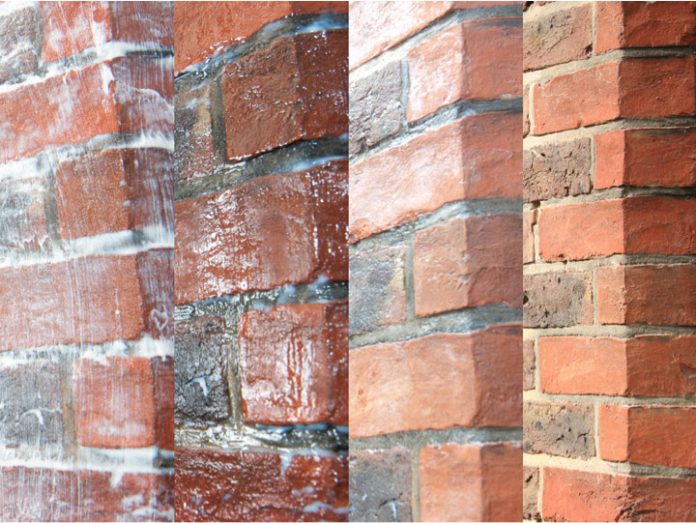
Richard Walker, national technical and development manager at Peter Cox, offers some tips on protecting buildings from the effects of freezing weather
Last year, the UK and the rest of Europe received a visit from the so-called Beast from the East, a slew of chilly winds and freezing temperatures that caused heavy build-ups of snow and ice. According to the Met Office, these conditions are going to make a return and many places across the country have already seen ice and snow.
Property maintenance
While we can wrap up in a coat, hat and gloves, buildings face the elements without additional protection. The winter weather has a habit of exacerbating many property issues, and so it’s important that facilities managers and those responsible for the upkeep of commercial properties check their premises regularly for water damage.
For example, heavy snowfall may slowly melt and result in water entering the building through cracks or holes in the roof. If drains and gutters are not clear of leaves, moss and other debris then the water flow will be restricted, potentially leading to penetrating damp problems. It’s also advisable you check your pointing and rendering is all in place, as water can enter a building if it is loose or damaged.
How to identify damp ingress and treat water damage to walls
Have you noticed damp or stained walls, evidence of salt deposits or decorations that feel chalky or flaky? Have you spotted a water stain on a ceiling? If so, then it’s likely there is an ingress of water and that your building needs additional damp proofing.
Checking for and repairing defective pointing, masonry and rainwater systems is the first line of defence. If the masonry is porous or the external ground is above the internal floor level then fitting a cavity drain membrane is a great solution against water ingress. This is designed to control both damp and water vapour above ground and the penetration of below groundwater. Firstly, the system controls vapours; secondly, it equalises damp pressure; and thirdly, the system acts as a drained cavity system, controlling water ingress.
Cavity drainage systems work on the principle that any water entering on the ‘wet’ side of the system is either drained away to a sump chamber and pumped to a drainage point when the wall extends below ground level or where local conditions allow, by natural drainage.
Even if the walls are not visibly allowing water to enter the property, a porous stone or brick wall can still allow water vapour to pass through, especially in older buildings. A dry lining created by cavity drain membrane will avoid the decorations becoming damaged and yet still allow the wall to breathe.
Surveyors may also recommend the application of external waterproof creams which create a water repellent barrier preventing any moisture moving laterally through the masonry capillaries.
Peter Cox’s external masonry cream Drywall Thermotek repels rain penetration, helping to improve the thermal resistance of the building. When masonry gets wet from rain penetration heat escapes more readily, creating a cold building. The protection cream is scientifically proven to reduce heat loss in single skin masonry – with an energy savings of up to 29% on solid walls. A single coat application will protect a building for up to 30 years, and within 48 hours the original look of the masonry will be retained.
Innovative solutions like these will go a long way in helping the government reach its target of an 80% reduction in carbon emissions from buildings by 2050.
Threats to the building’s structure
Snow and ice can also cause damage directly to a building’s exterior. If water soaks into masonry and is then followed by a cold snap, it may turn to ice, which will expand and could lead to the masonry becoming ‘spalled’ and the face delaminating. The application of Drywall Thermotek repels rainwater and keeps it dry and in turn retains the thermal values of the wall keeping occupants much warmer. It is also ‘micro-porous’, which means the wall can breathe naturally and therefore does not trap harmful water vapour (condensation) inside the property.
Getting the right help this winter
The longer any repairs against water ingress are ignored, the greater the risk to you and your property. Routine inspections of the property can help nip structural damage in the bud. If you’re unsure of what to look for, call in the experts. Peter Cox offers a number of damp proofing and structural repair solutions that are cost-effective, clean and non-intrusive, with a range of techniques to solve problems tailored appropriately to different types of property.
Whether it’s a listed or historical building, a private property or commercial premises, get in touch by calling 0808 1208 737 to book a specialist survey and we will be able to provide you with a detailed report on any issues, along with recommendations for any work where necessary.
Peter Cox has a network of regional branches and local CSSW and CSRT qualified surveyors across the UK, along with specialist technicians. Penetrating damp proofing work carried out will come with a long-term guarantee, up to 20 years for some treatments. Peter Cox are a member of the Property Care Association (PCA), British Structural Waterproofing Association and are Trustmark, CHAS and SafeContractor approved.
Peter Cox Ltd
Tel: 0808 1208737
Please note: this is a commercial profile.
















